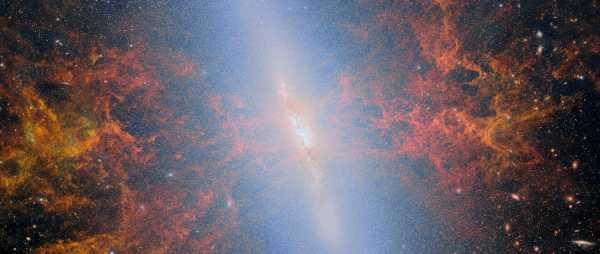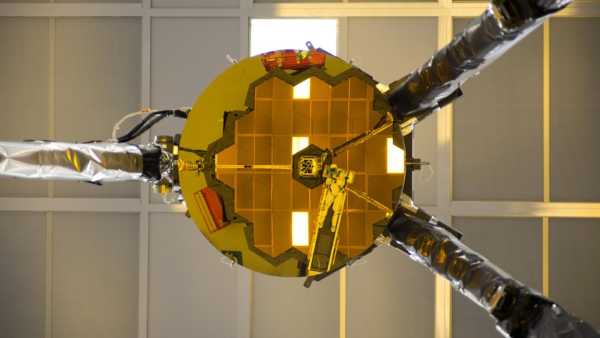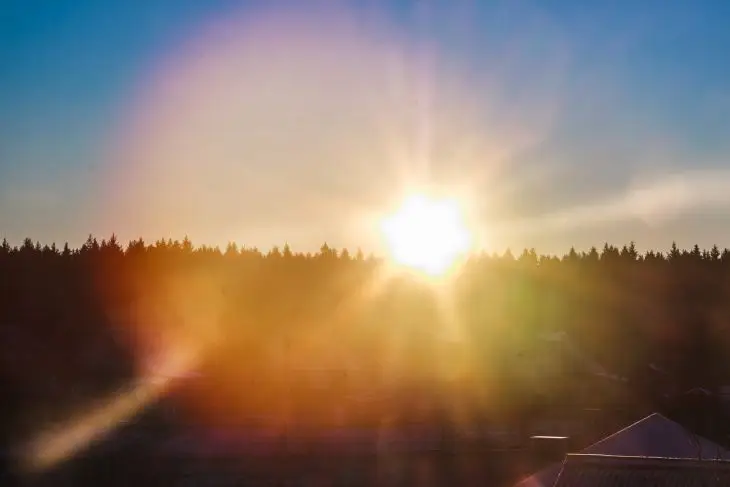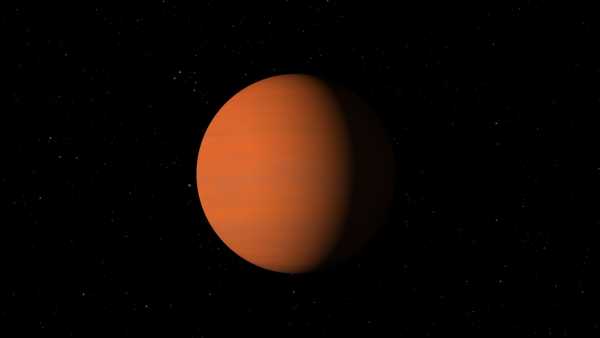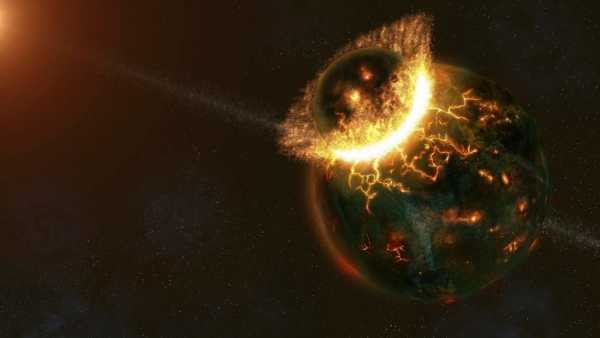
(Image credit: Getty/Stocktrek Images)
New scientific evidence suggests that the early Earth was a lifeless wasteland, devoid of conditions for the development of organisms, until a massive impact from a protoplanetary body delivered key elements for biogenesis.
Hypotheses about the collision of the proto-Earth with the Mars-like object Theia have been discussed for decades, especially in the context of the formation of the Moon from the resulting debris.
The new work suggests that Theia was also the source of vital compounds that emerged on our planet more than 4 billion years ago.
You might be interested
-
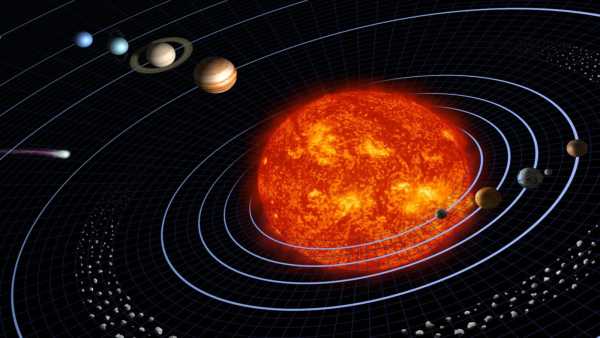
The discovery of a microscopic meteorite challenges conventional wisdom about when the planetary system formed.
-
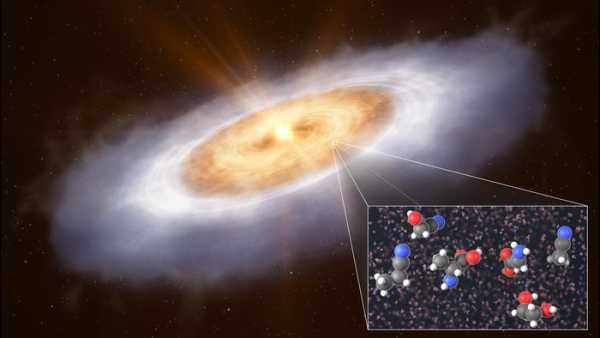
The study points to the possible prevalence of organic compounds in interstellar space.
-

Cosmic radiation can create conditions for biological processes outside traditional habitable zones.
“Our calculations show that Theia, the protoplanet that formed the Moon, originated in the outer solar system and contained significant reserves of volatiles,” lead author Pascal Kruttasch, a former PhD student at the University of Bern, told Live Science in an email.
Volatile elements, including hydrogen and carbon, readily condense into gases and are considered the foundation of biological structures. Near the Sun, high temperatures prevented them from condensing, leaving them in the gas phase around rocky planets. However, in the outer regions of the system, these components are abundant on gas giants and small bodies.
Kruttasch emphasized the role of Theia: it was probably the main source of these compounds, which can be considered “necessary prerequisites for the emergence of biological processes.”
The study used chemical models to analyze the isotopic composition of meteorites and terrestrial rocks.
Scientists studied the radioactive decay of manganese isotopes that survived from the early stages of the solar system and gradually transformed into chromium. This process allowed them to reconstruct the events of the first 15 million years of Earth's history. (The age of the solar system is estimated at ~4.5 billion years.)
Kruttasch noted the complexity of the task: “The Earth remains the only known body where life not only originated, but also survived for billions of years. The exact mechanisms of this process are not fully understood.”
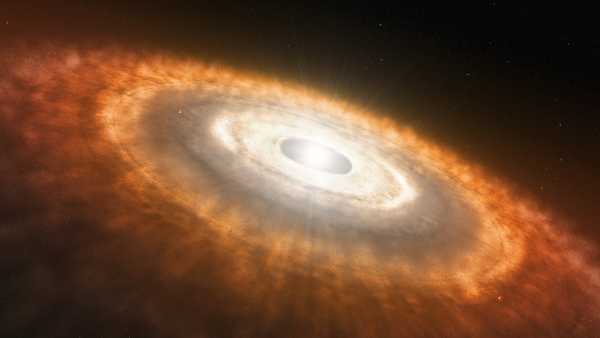
An artistic interpretation of the protoplanetary system, reflecting the conditions of the formation of the Earth.
Analysis of the early stages of the evolution of the Solar System revealed dynamic changes in the proto-Earth and neighboring planets (Mercury, Venus, Mars) in the first 3 million years due to gas and dust exchange through the processes of evaporation and condensation.
This exchange was sharply reduced after 3 million years, when the main planets accumulated most of the free material. As a result, the inner planets were poorer in volatile elements due to their proximity to the Sun.
This would explain the need for an external source of volatiles for Earth, such as Theia, which collided with the planet ~4.5 billion years ago. (The study confirms that Theia was a carbonaceous chondrite, which forms in distant regions of the system.)
The broader conclusion of the study: the emergence of life on Earth-like exoplanets may be rare, as the necessary components often form in other parts of planetary systems. “This highlights that habitability in the Universe is not a trivial phenomenon,” said co-author Klaus Metzger.
The results were published on August 1 in Science Advances. In parallel, other studies have appeared studying the influence of Theia.
SEE ALSO
— A hidden energy source has been discovered on Ceres that could potentially facilitate the development of life.
— The James Webb Telescope has found clues to Earth's origin in an image of the Butterfly Nebula.
— JWST recorded 300 anomalously bright objects: galaxies or other structures?
A separate study in Icarus (published November 15) suggests that Theia delivered significant volumes of water that were retained in the mantle.
“Water in the mantle is a geological puzzle because its low density should favor migration into the crust or oceans,” said co-author Pedro Machado.
The simulations showed that water from Theia's mantle was quickly incorporated into Earth “before it had time to reach the surface,” the scientist added.
TAGS water solar system

Elizabeth Howell, Live Science contributor
Elizabeth Howell is a science journalist who has covered space for Space.com (2022-2024) and previously for Live Science. Her portfolio includes exclusive reports from the International Space Station, coverage of human launches, participation in parabolic flights, and experiments simulating Mars conditions. She is the co-author of Why Am I Taller? (2022) with astronaut Dave Williams.
You must verify your public name before commenting.
Please log in again.
Exit Read more
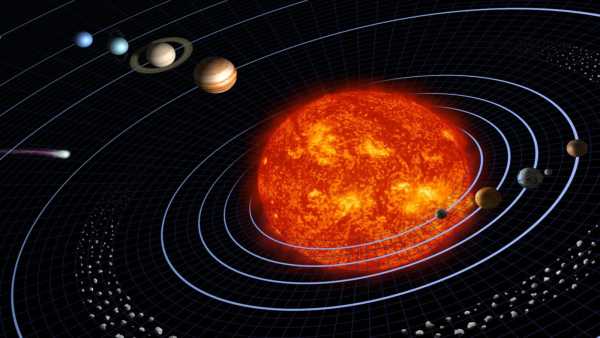
Microscopic meteorite questions time frame for planet formation
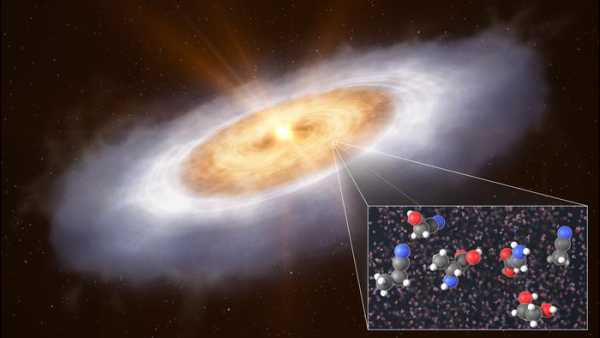
Organic Compounds in Space: New Study Re-Evaluates Their Occurrence

Cosmic rays as a factor in maintaining exobiological processes.
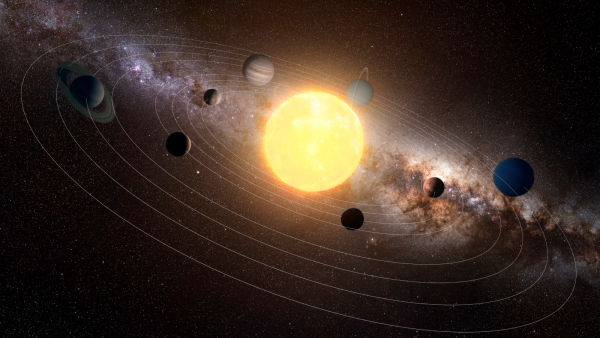
Orbital resonance of planets in the early solar system.
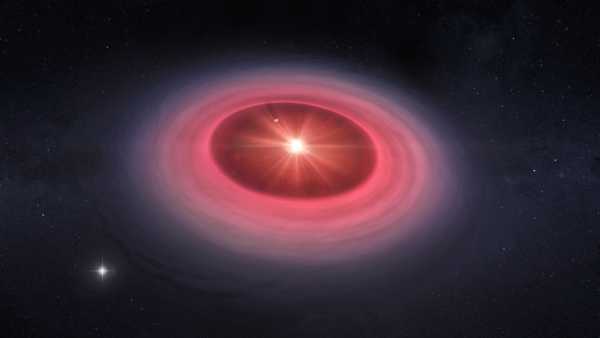
Star system with organic compounds sheds light on biogenesis.
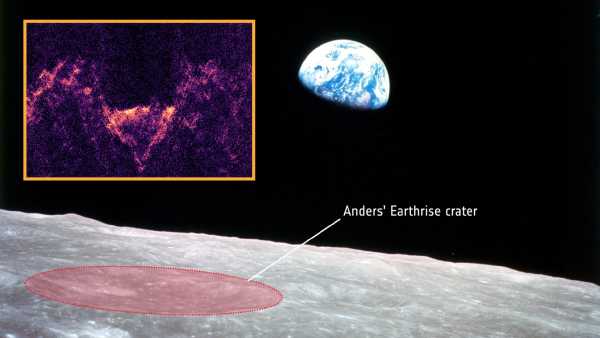
Search for Biosignatures in Earthrise Crater on the Moon. Astronomy News
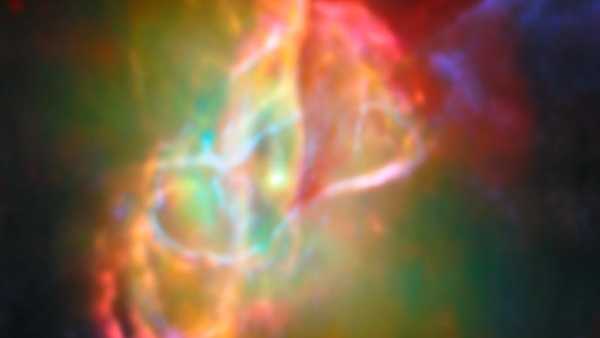
The Butterfly Nebula in a new JWST image.
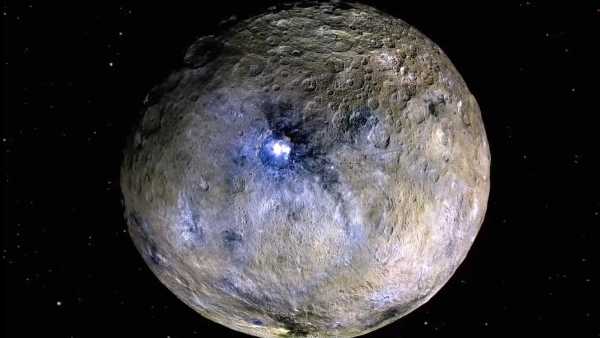
Energy anomaly on Ceres.

Anomalies in the behavior of an interstellar comet.
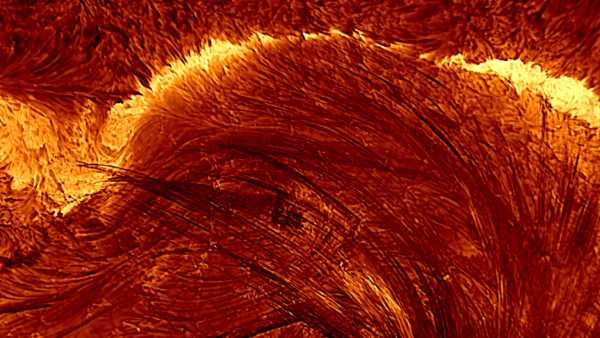
Detailed photograph of a solar flare.
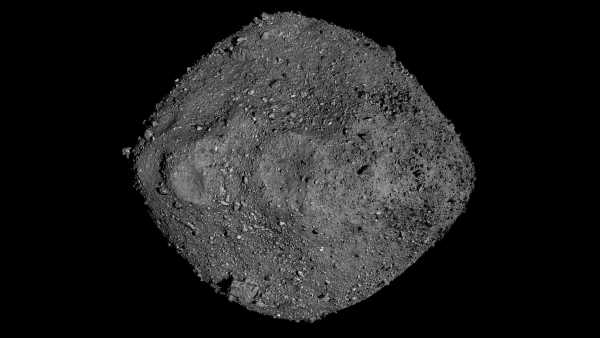
Ancient dust in Bennu samples.
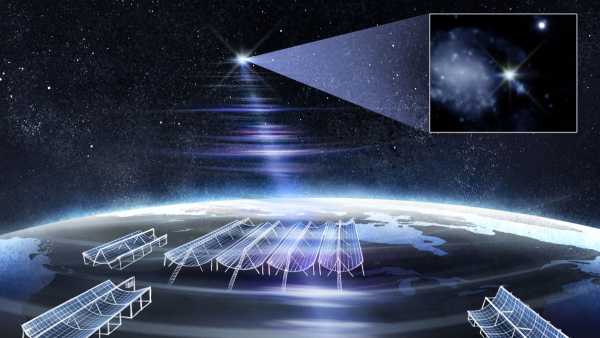
Record-Breaking FRB Burst Detected by JWST Latest News
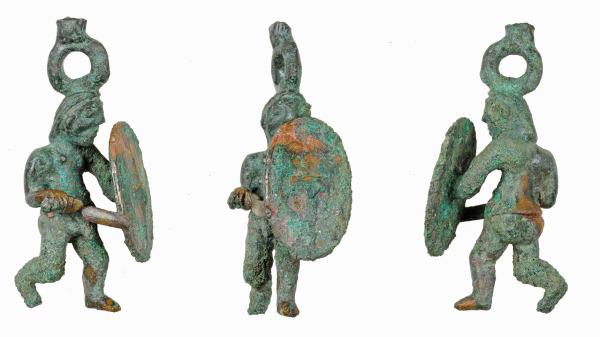
Bronze warrior of the Iron Age.
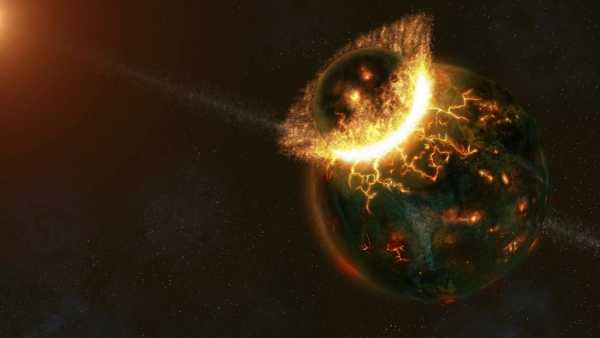
The origin of life on earth is associated with a planetary collision.

Discussion of the ethics of using robots in reproduction.
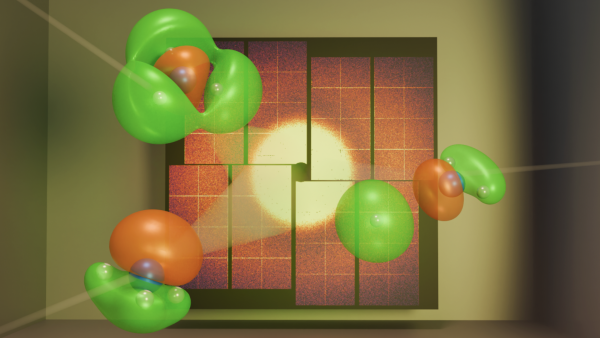
Observation of electron dynamics in chemical reactions.
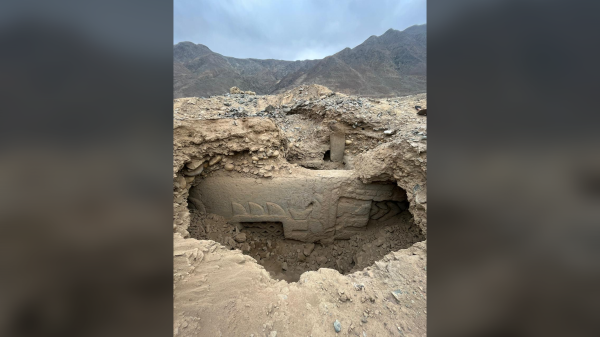
3,000-year-old polychrome fresco with Andean motifs.
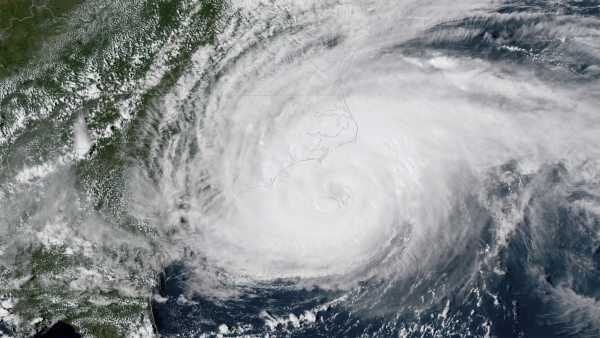
Introducing a new category for super storms. POPULAR ARTICLES
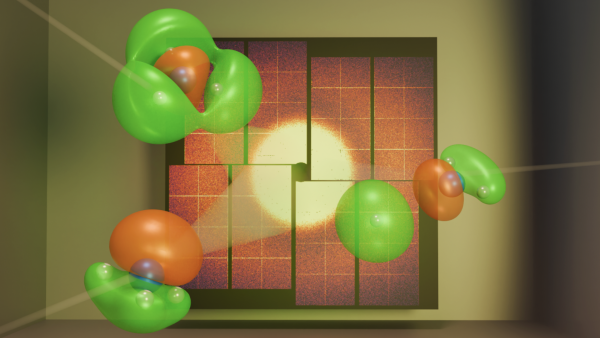
1Observing the movement of an electron in real time
Live Science is part of the international media holding Future US Inc.
- Contacts
- Legal information
- Confidentiality
- Advertising
- Vacancies
© Future US, Inc., 130 West 42nd Street, New York, NY 10036.
Sourse: www.livescience.com


